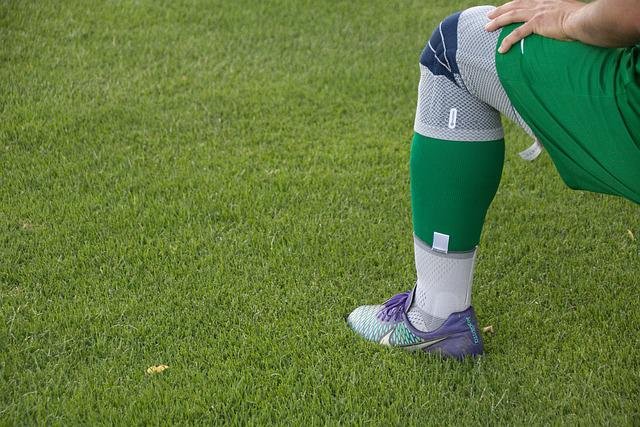
Schuessler Salt No. 1 Calcium fluoratum (fluorspar, calcium fluoride) is the salt for protection, elasticity, tension and shape. It is supposed to strengthen the connective tissue, the tendons and ligaments as well as the different protective layers, the “covers” of the body. For example, bone and tooth surfaces, blood vessel walls and the skin are said to benefit from Schuessler Salt No. 1. Read more about the effects and use of Calcium fluoratum here.
Worth knowing about Schuessler Salt No. 1: Calcium fluoratum
Schuessler Salt No. 1 is based on calcium fluoratum – also known as fluorspar or calcium fluoride. This is an important mineral of the cell interior. It is involved in all cellular processes that are necessary for the elasticity, hardness and resilience of cells, tissues, organs and supporting structures in our body.
The calcium fluoratum contained in Schuessler Salt No. 1 forms the shells of various parts of the body and helps to protect them from damage. These shells include the surfaces of bones and teeth (tooth enamel), which are given the necessary hardness by calcium fluoride. This protects the bones from fractures and teeth from bacterial damage such as tooth decay.
Calcium fluoratum is also important for the blood vessel walls, because they have to withstand the constant pressure of the blood flowing through them. Calcium fluoratum supports the tension and elasticity of the blood vessels.
The largest organ in the human body in terms of surface area, the skin, is also dependent on calcium fluoride. As the outermost shell, it protects us from environmental influences and germs and helps to regulate body temperature. Thanks to their elasticity, not only movements are possible, but also changes in body size (pregnancy, overweight). Calcium fluoratum is involved in the necessary elasticity and firmness of the skin.
Last but not least, the calcium fluoratum binds the so-called keratin in the body, also known as horny substance. As structural proteins, keratins ensure stable and elastic cells and are supported by calcium fluoride. Keratins are found in hair, nails and skin, and are also important components of tendons and ligaments.
Storage sites for Calcium fluoratum
When minerals are depleted in different parts of the body, storage is resorted to. Calcium fluoratum is stored in the bones, tooth enamel, nails, tendons and skin.
Typical causes of calcium fluoratum deficiency
According to the concept of Schuessler salts, there are various compulsive character structures that are associated with a high consumption of calcium fluoride and can thus lead to a deficiency. Affected people are usually not able to differentiate themselves from the outside (no “shell”), to end things, to put an end to it and thus to say goodbye. According to the Schuessler salts concept, even people who cannot deviate from their point of view and are inflexible consume a lot of calcium fluoride, which promotes a deficiency. The same applies to people who are always concerned about making a good impression on others.
According to the hypothesis, the easier it is for someone to free themselves from these hardened structures, the less calcium fluoratum they consume.
Signs of deficiency on the face
If the amount of calcium fluoride contained in Schuessler Salts No. 1 is too low in the body, this is reflected in certain changes in the face according to face diagnostics:
- Cube wrinkles at the corner of the eyes
- check pleats
- fan folds
- brownish to blackish skin shading on the upper and/or lower eyelids
- bluish lips
- fine shiny skin (varnish shine)
- cracked tongue
Symptoms and diseases of calcium fluoratum deficiency
A lack of calcium fluoride is said to cause various complaints or diseases:
- Ligaments/Tendons: Hardened tendons or ligament strains
- Muscles and bones: stiffening of the musculoskeletal system, poor posture, ganglions, flat feet, fallen arches, changes in the spine (scoliosis or kyphosis)
- Skin: calluses, cracks, increased formation of calluses, cracks on hands and lips, dandruff, wilted skin, fingernails flexible and splintering, hardened warts, nail fungus
- Blood vessels: varicose veins, hemorrhoids
- Connective tissue / abdominal wall: organ prolapse, sagging abdomen
- Teeth: transparent tips, loose teeth
The symptoms of a calcium fluoratum deficiency intensify in winter, when the frequent change from warm indoor air to cold outdoor air demands the elasticity of the tissues and organs. Rest can also make symptoms worse. On the other hand, they can improve with warmth, light exercise and baths.
Application of calcium fluoratum
The lack of calcium fluoride should be compensated for by internal and external use of Schuessler Salt No. 1.
Internal use of calcium fluoratum
For internal use, tablets with the potentization D12 (Schuessler salt no. 1 calcium fluoratum D12) are recommended. An experienced therapist will prescribe a suitable dosage (number of tablets per day) for the patient depending on the recognizable signs of deficiency. According to the Chinese organ clock, the best time to take it is from 7 p.m.
External use of Calcium fluoratum
Calcium fluoratum ointment is recommended for external treatment. It is generally applied thinly to the affected area of the body one to three times a day. You can also use it to make an envelope. These Schuessler salts help to alleviate arthrosis and other complaints via such compresses.
Other important information about Calcium fluoratum
The effect of Calcium fluoratum is said to set in relatively slowly when used internally, and quite quickly when used externally.
According to the Schuessler salt theory, joints, tendons and ligaments in particular can start to hurt as a reaction to the use of Schuessler salt No. 1 Calcium fluoratum. Such reactions are intended to indicate that the therapy is working.






